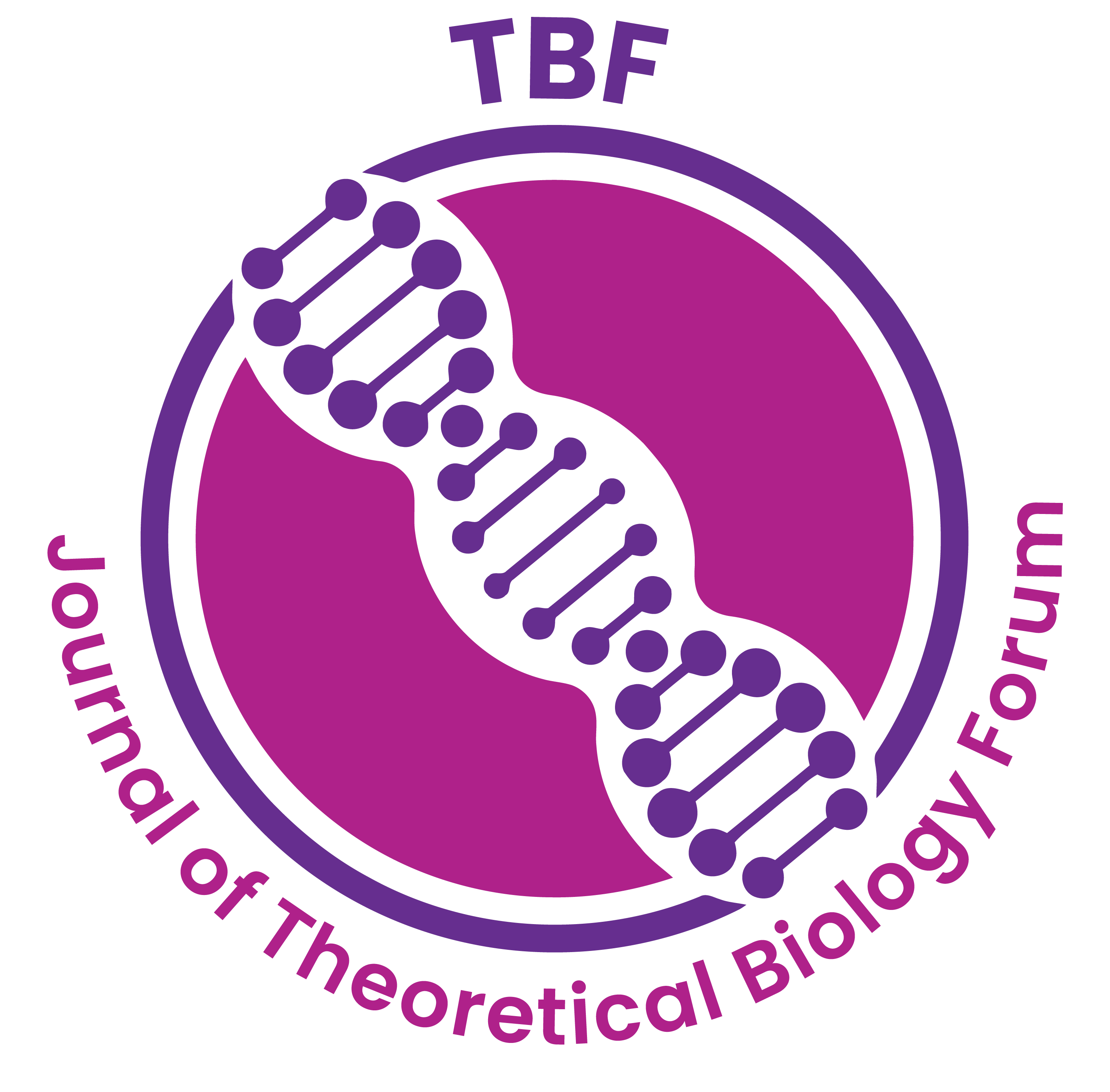Fertilizer prescription model through soil test crop response approach for carrot (Daucus carota) on an Alfisols of Southern India
Bhavya, N* , Krishna Murthy, R , Govinda, K , Uday Kumar , S. N., Basavaraj , P. K. Mohamed , Saqeebulla, H. , Gangamrutha, G.V , Sanjay Srivastava
Abstract:
Fertilizer requirements for the crop should be based on yield response to the added fertilizer nutrient, nutrient requirements of a crop, nutrient supply from indigenous sources, and the fate of added fertilizers to the soil in the short and long term. In the above context, field experiments were conducted at, the University of Agricultural Sciences, Bangalore from Kharif 2013 to 2015in three phases. Soil test data, yield and nitrogen (N), phosphorus (P), and potassium (K) uptake by carrot crop were used for achieving four important basic parameters, viz., nutrient requirement, the contribution of nutrients from fertilizers (%C-F), soil (%C-S), and organic manure (%C-OM) to develop the targeted yield equation and these equations were validated in comparison with soil test laboratory (STL) approach and general recommended dose (GRD). It was found that 0.76, 0.42, and 0.79 kg of N, P2O5, and K2O respectively were required for producing one quintal of carrot. The STCR approach, with or without FYM, at the target yields 25 and 22 t ha-1 enhanced the carrot root yield over the general recommended dose and STL approach. It also exhibited a higher N,P, and K use efficiency, along with better profitability. Thus, STCR-targeted yield approach could improve the yield, economics, and efficiency of nutrient use for carrots compared to GRD and STL approaches.

